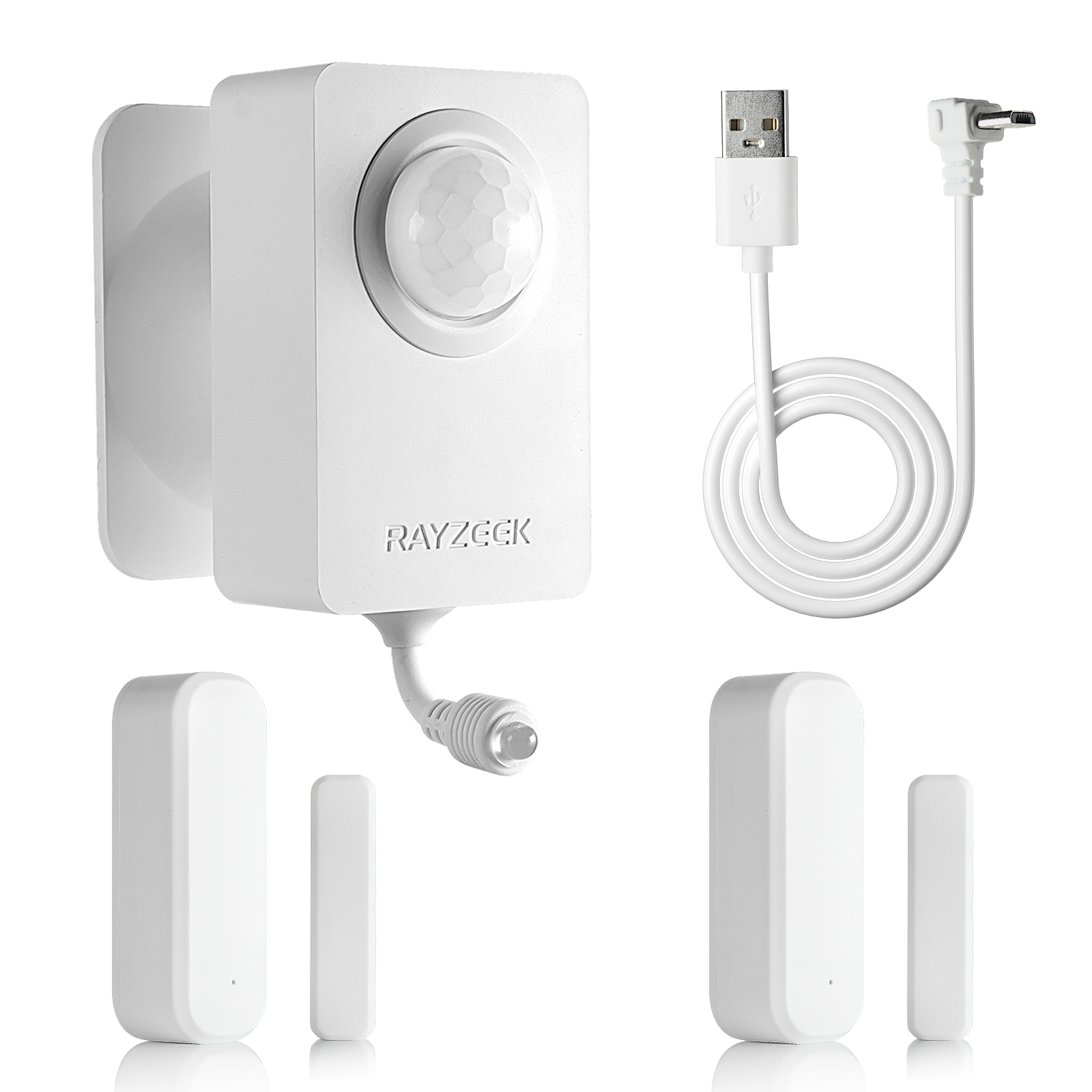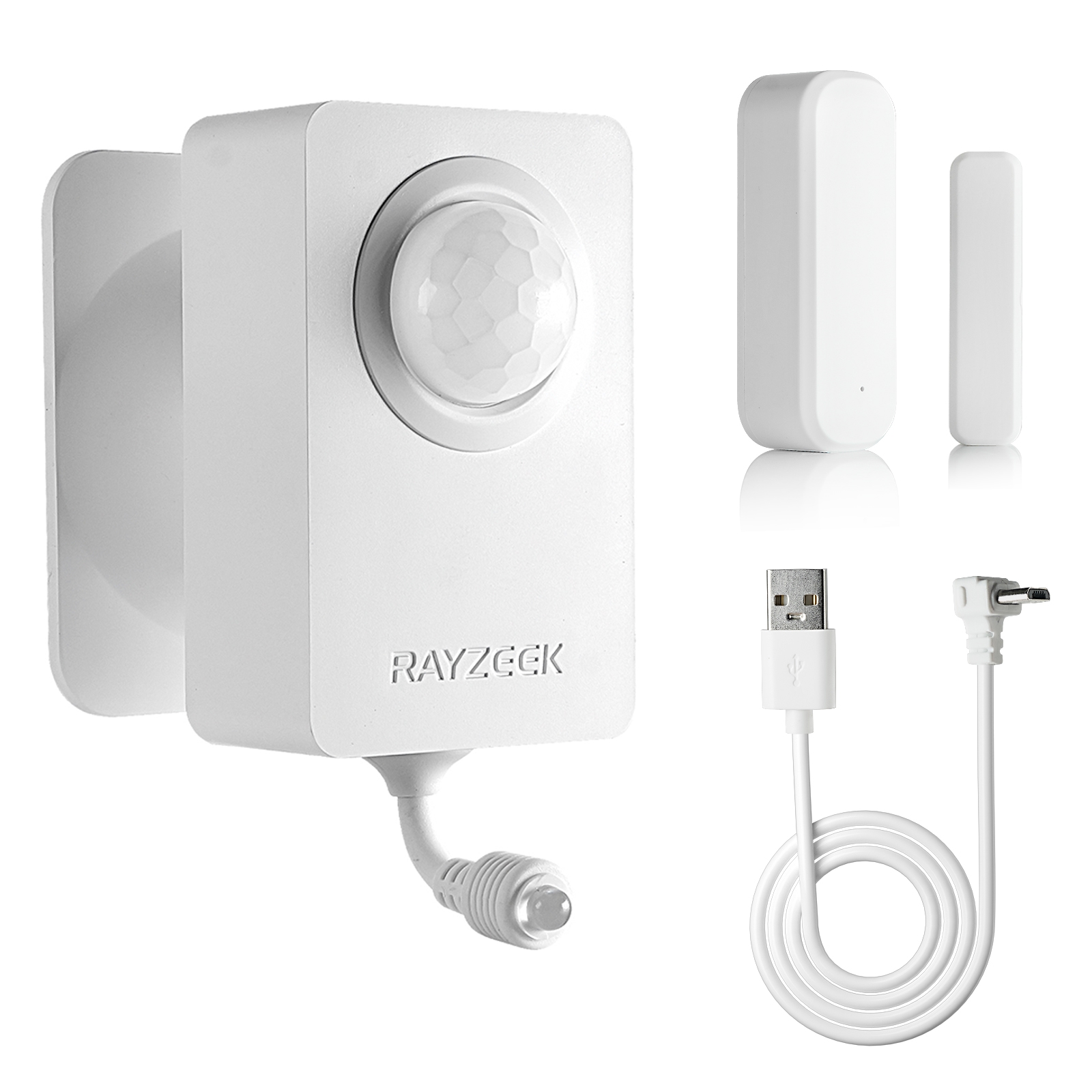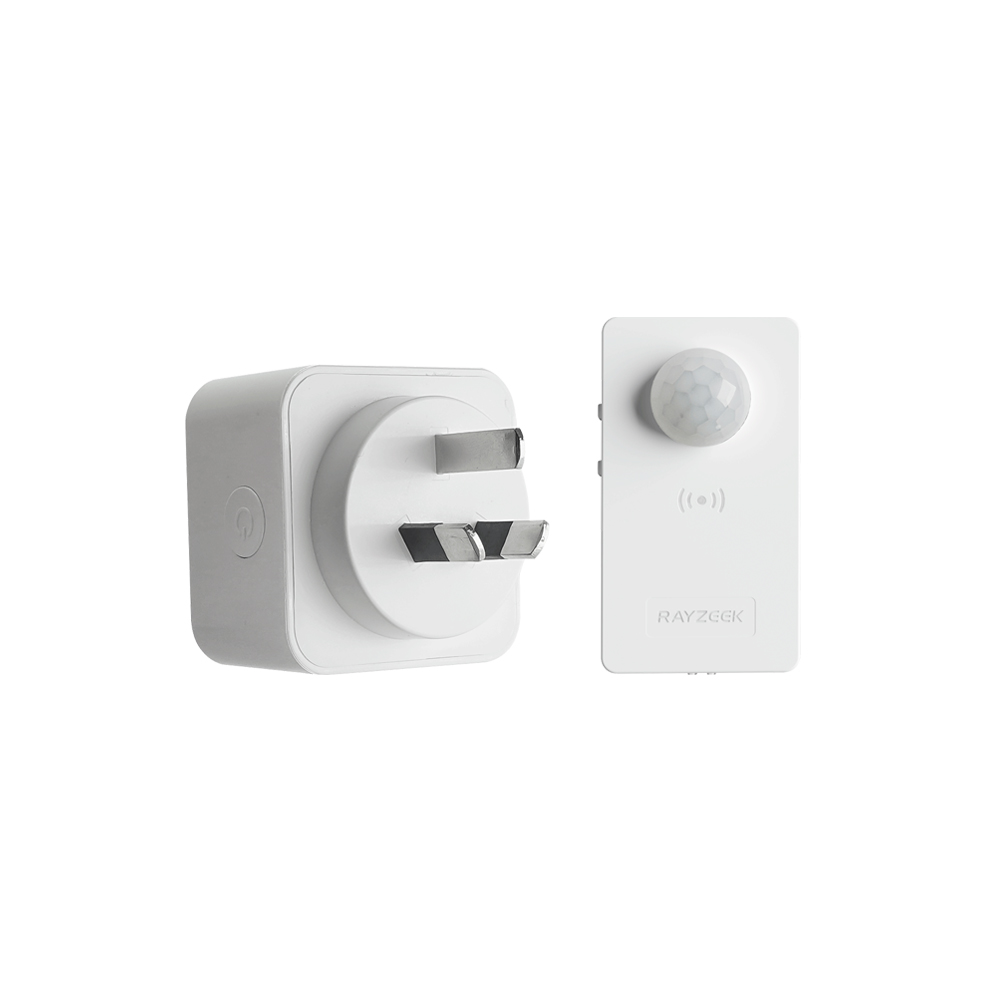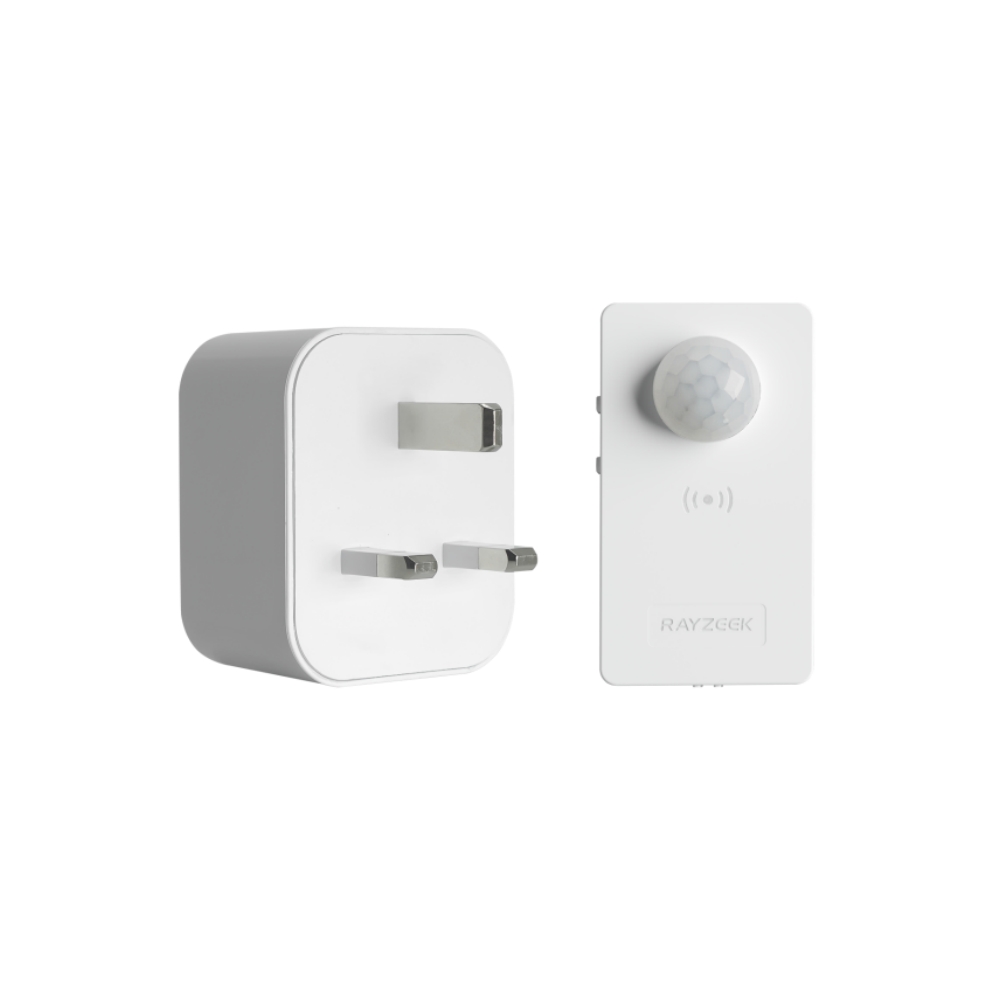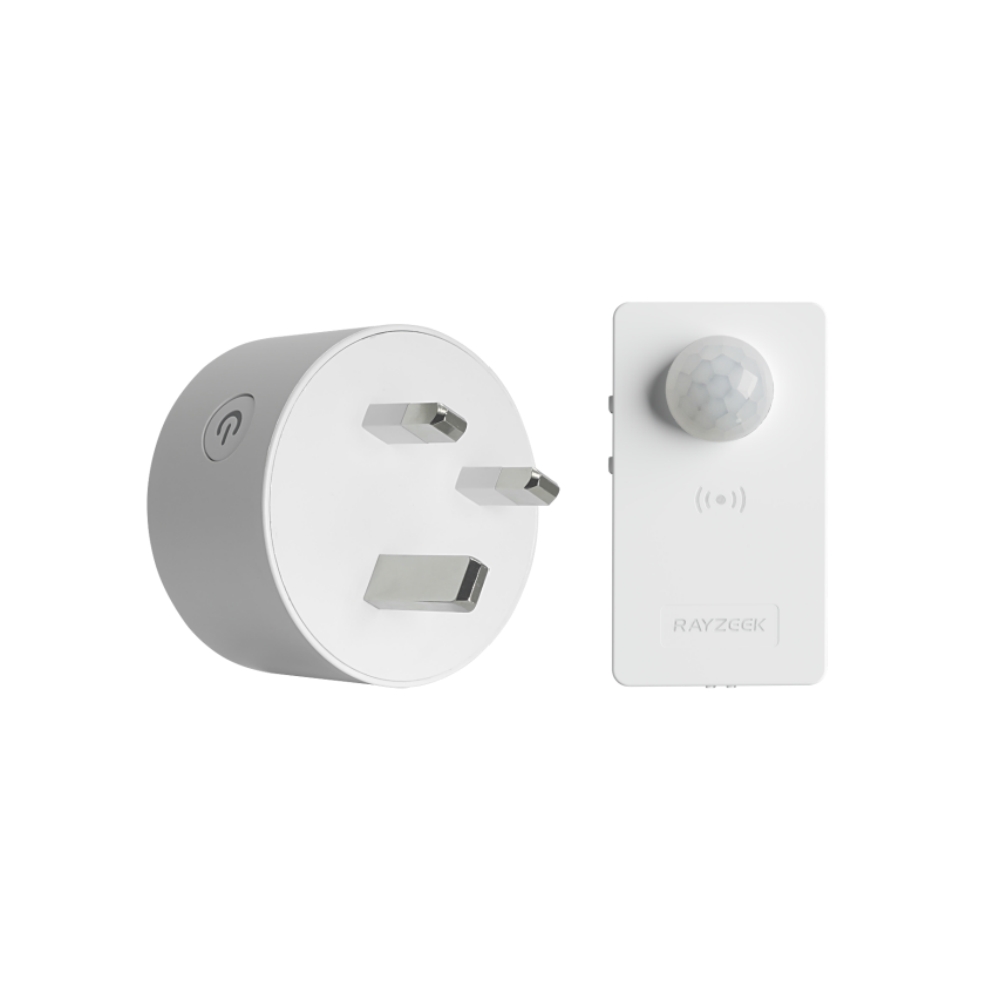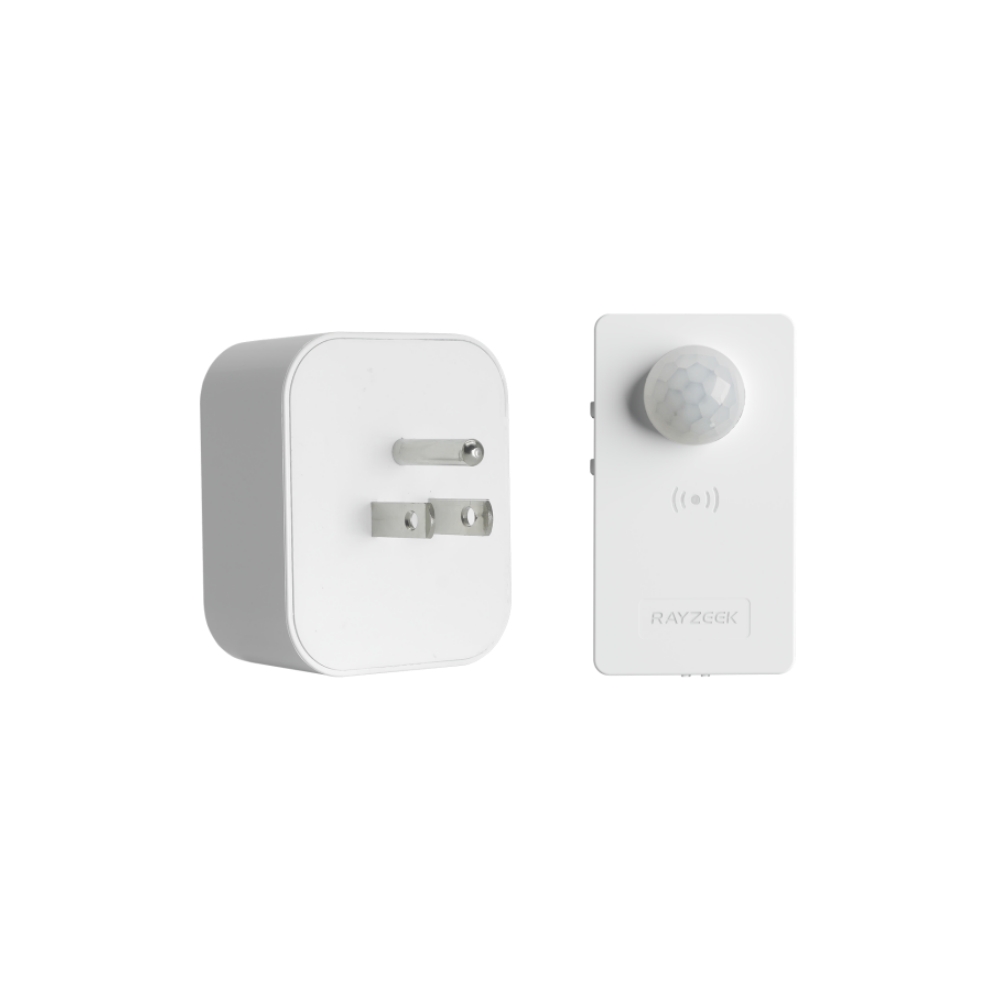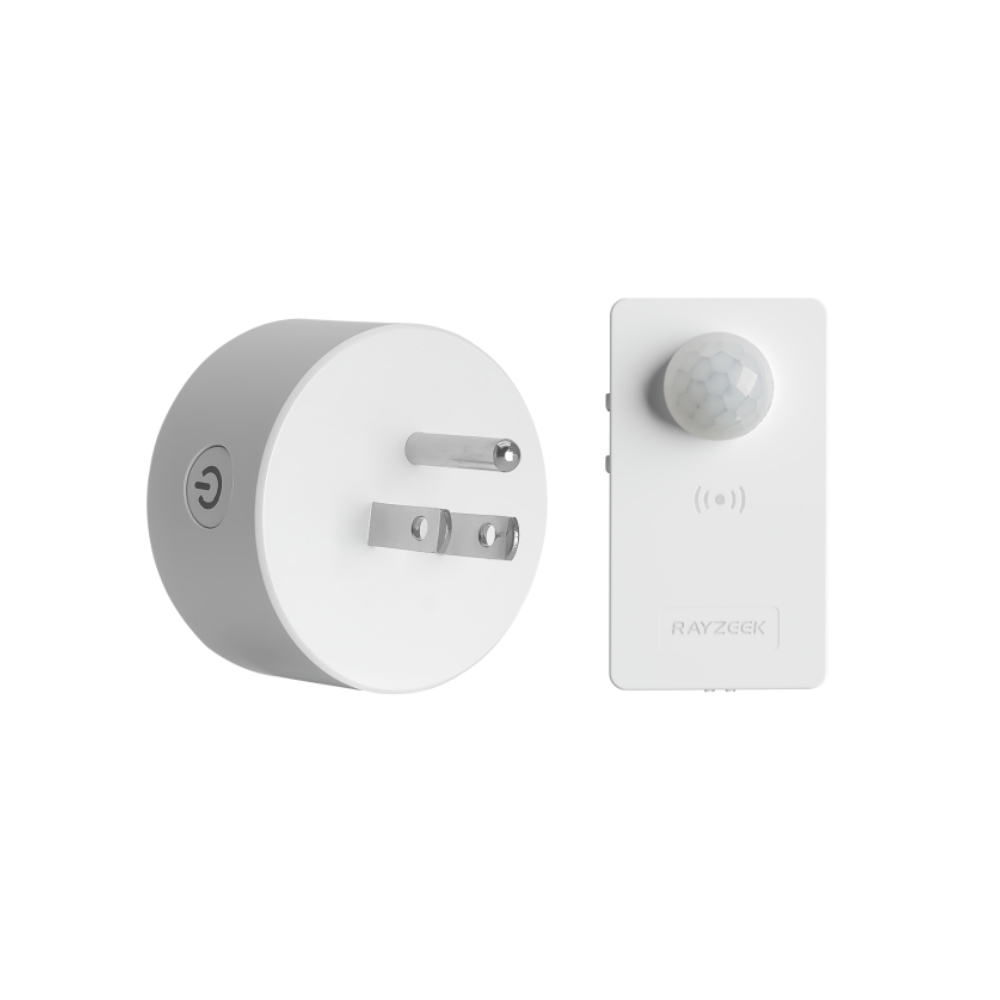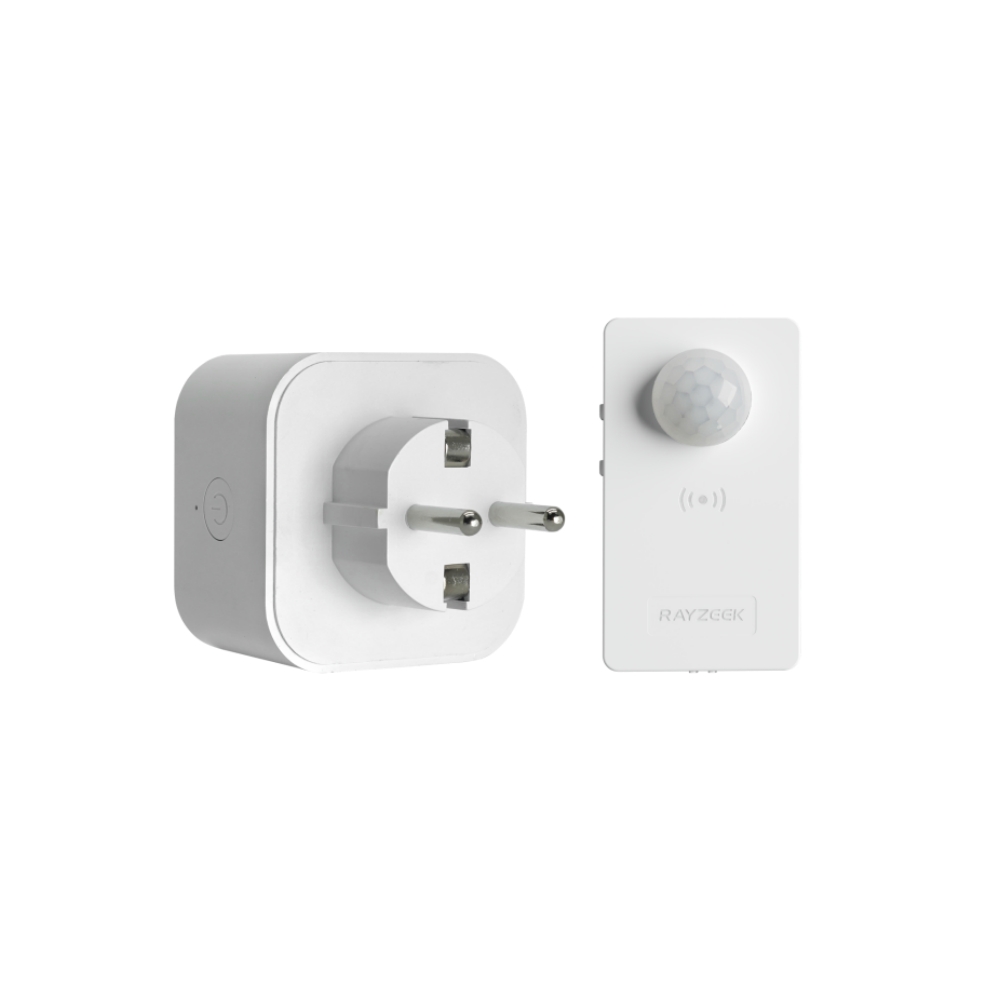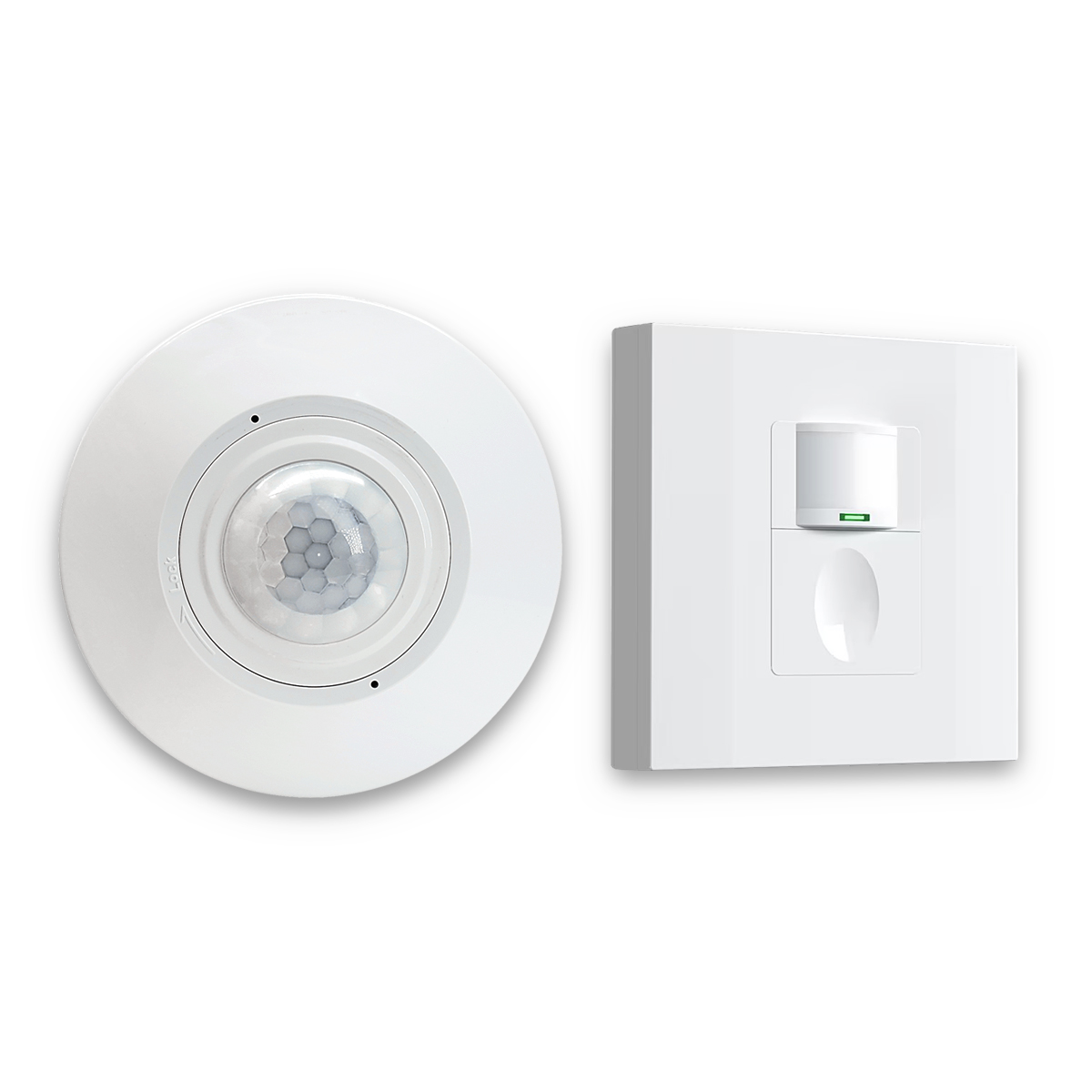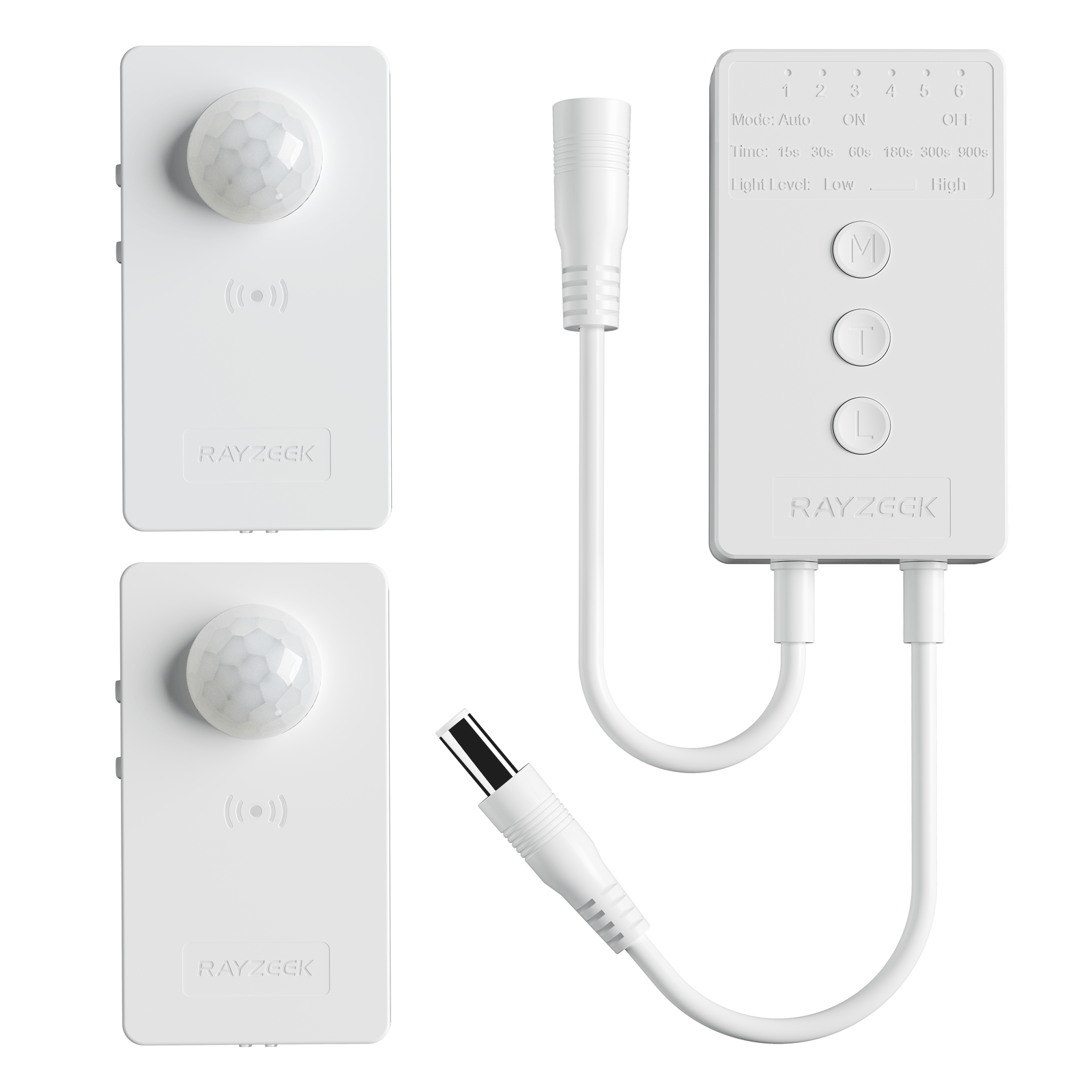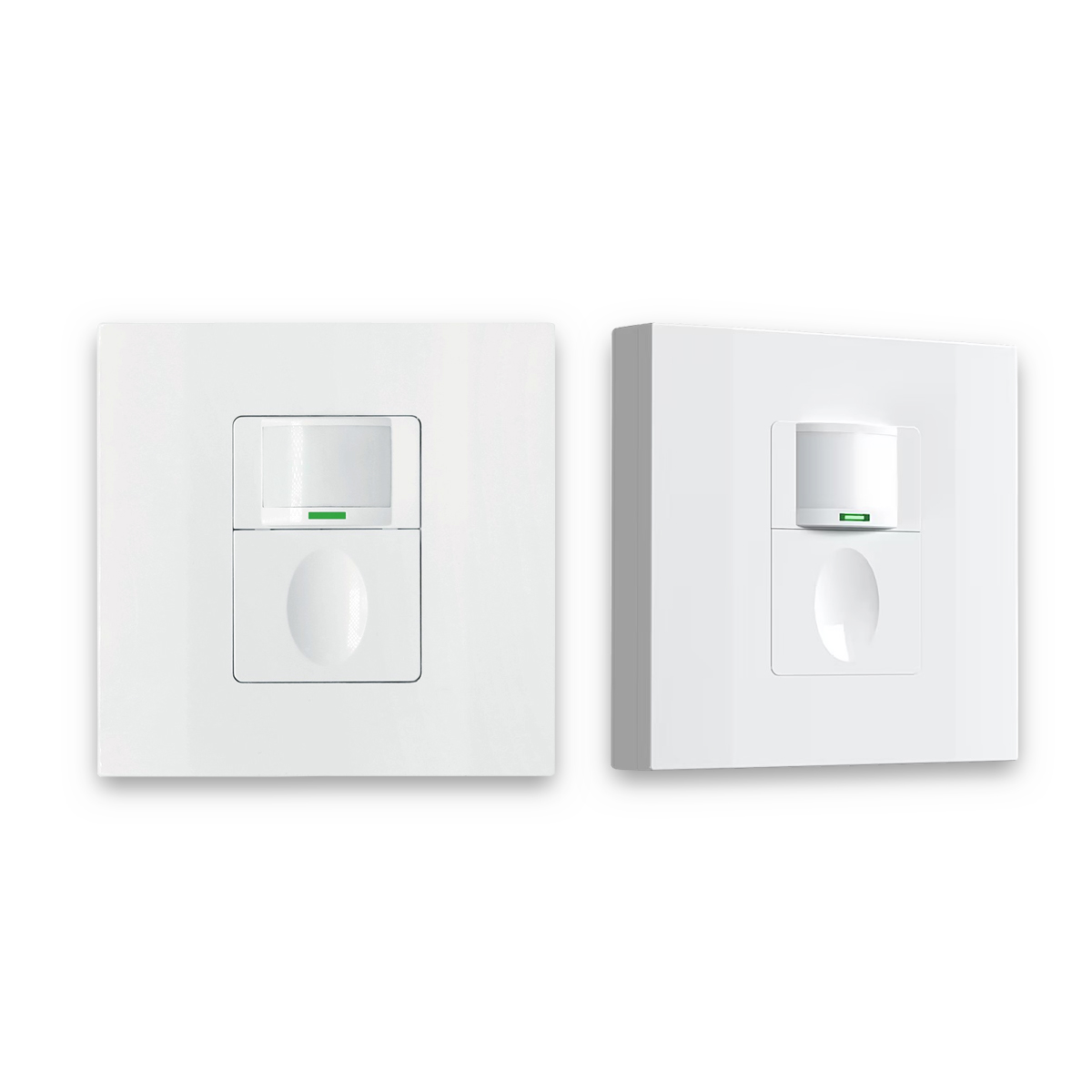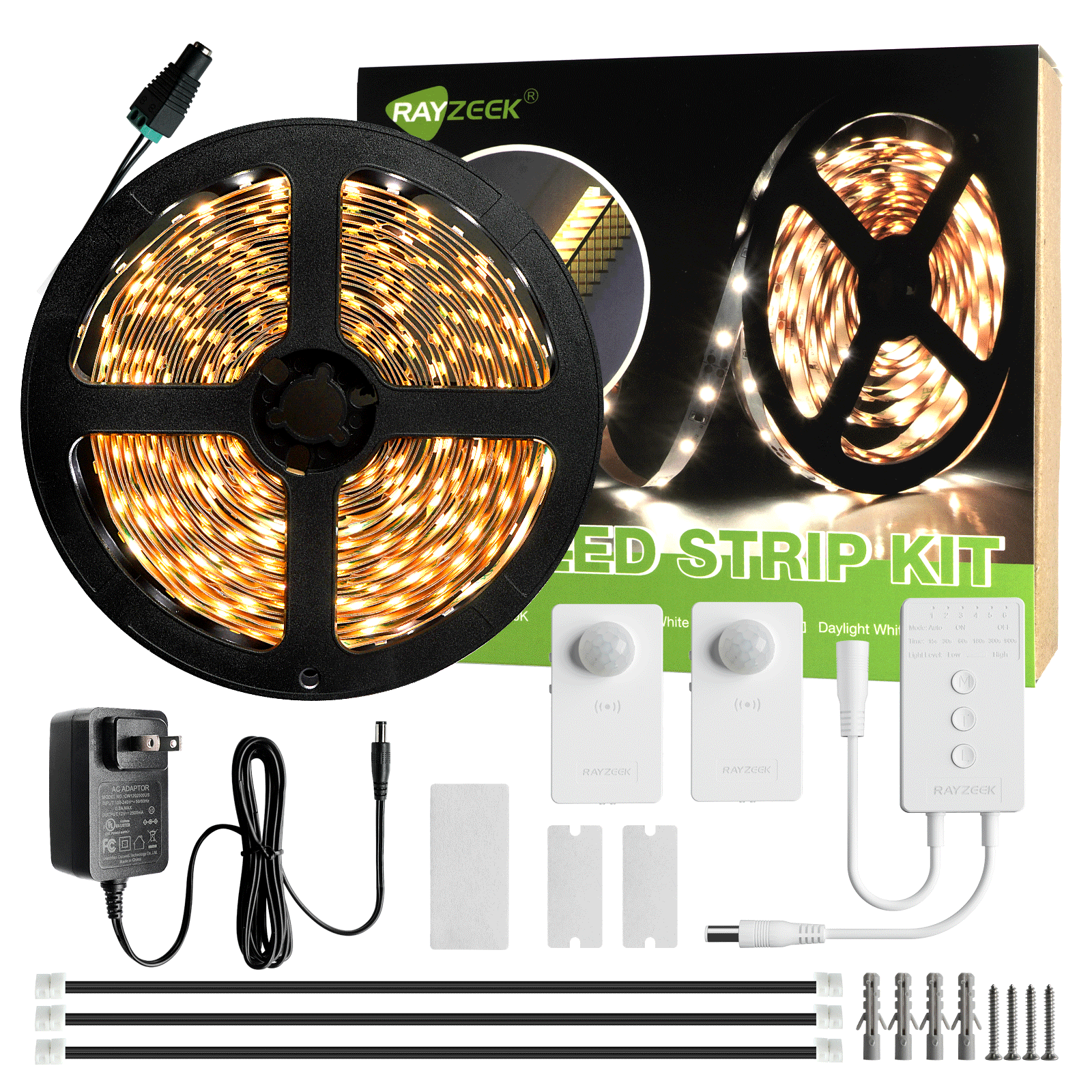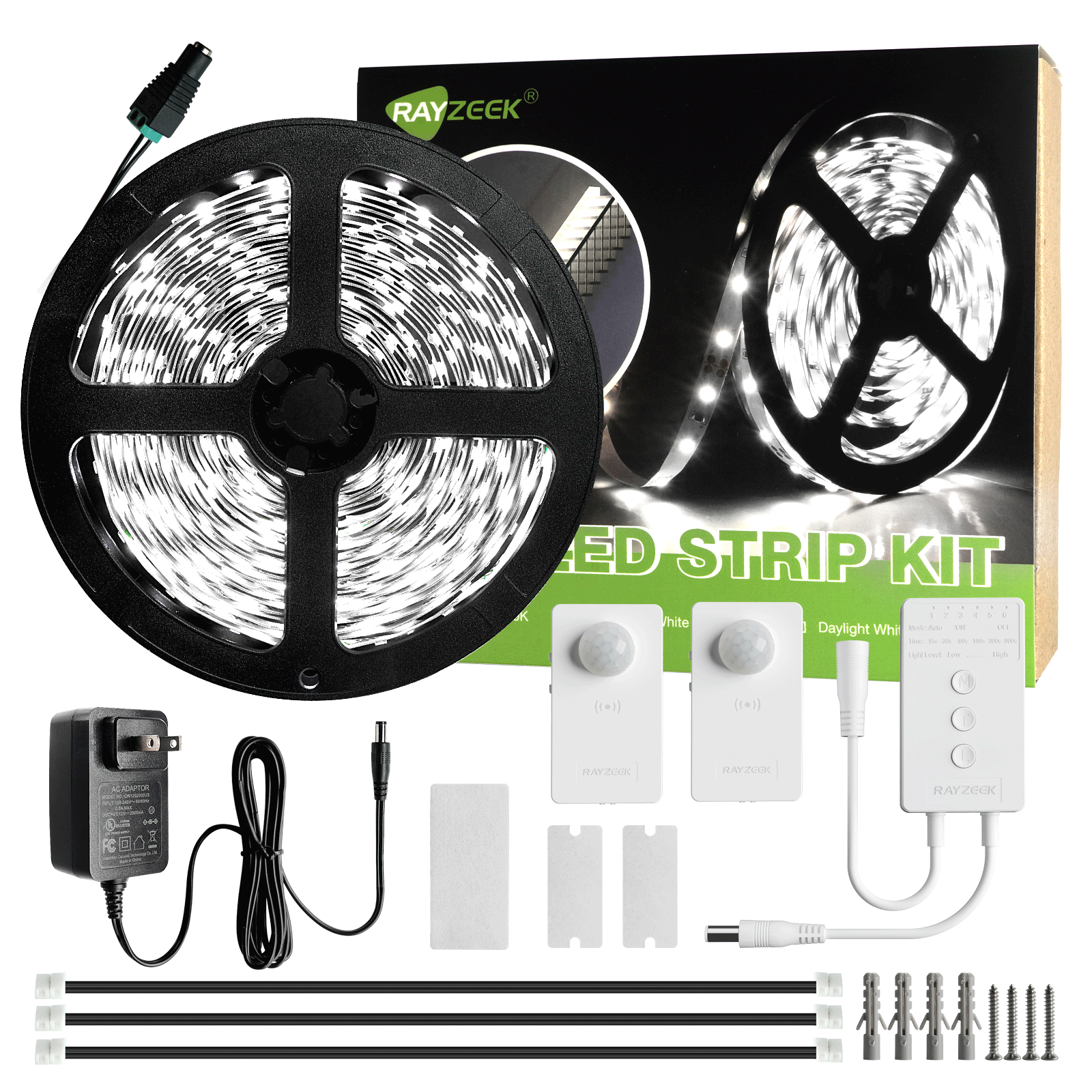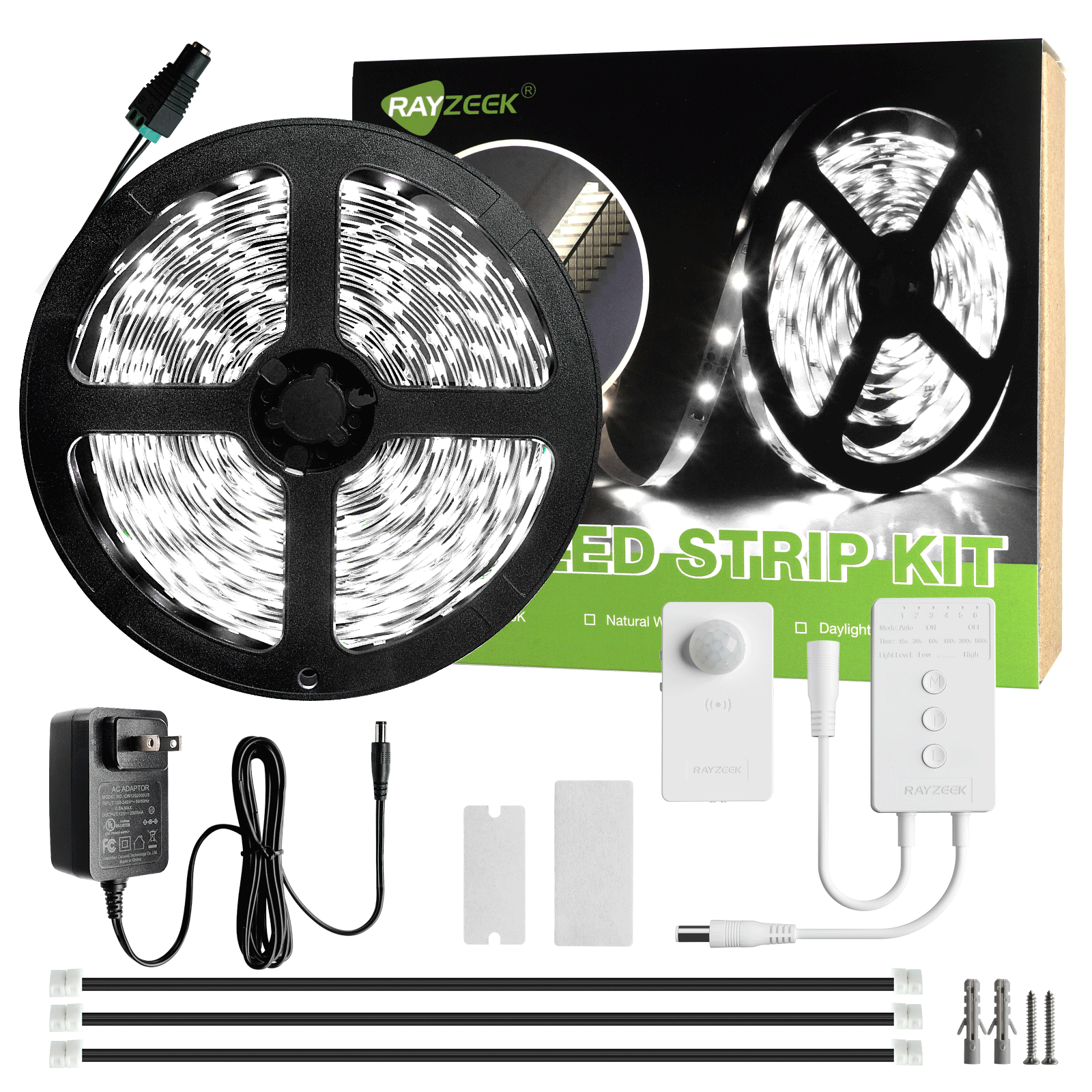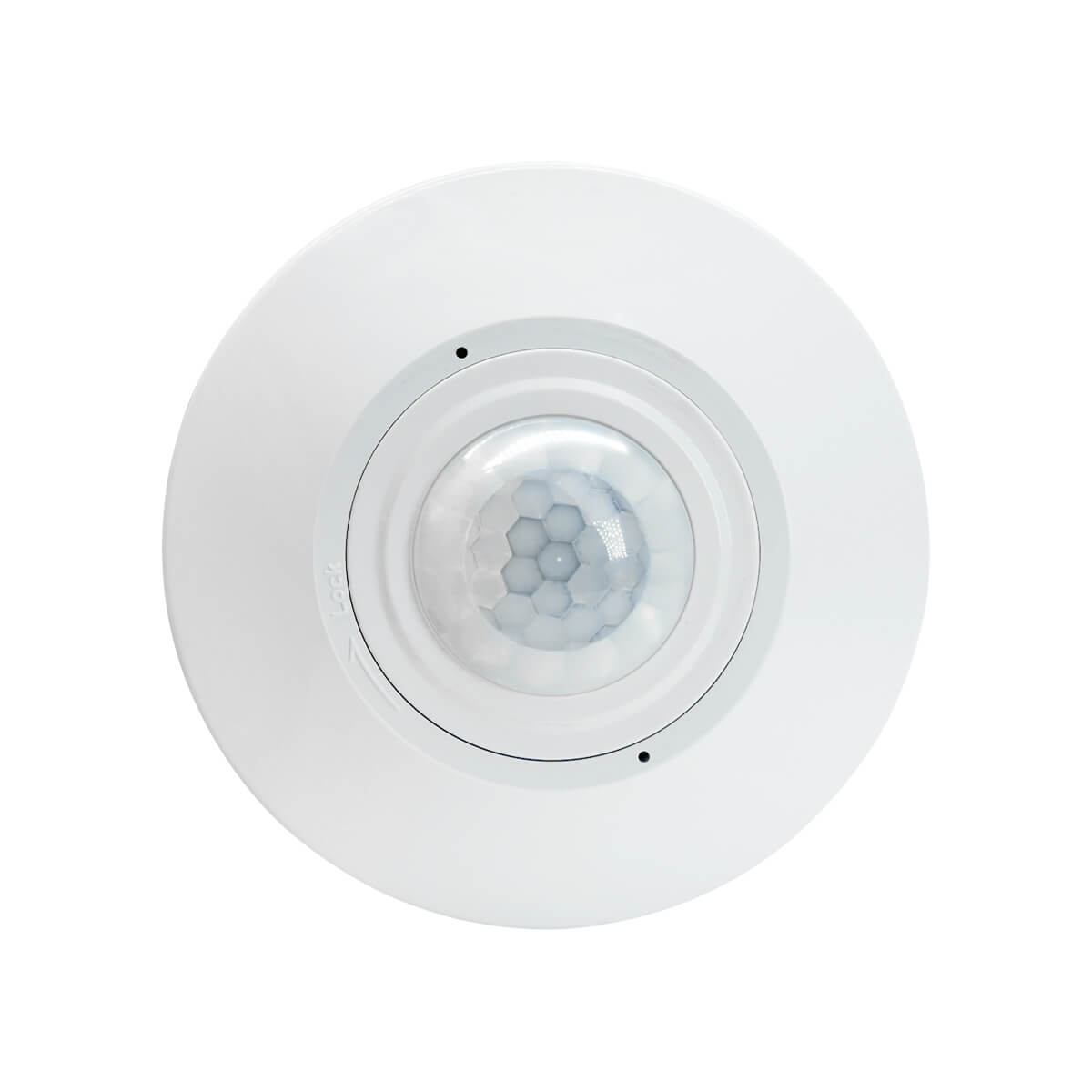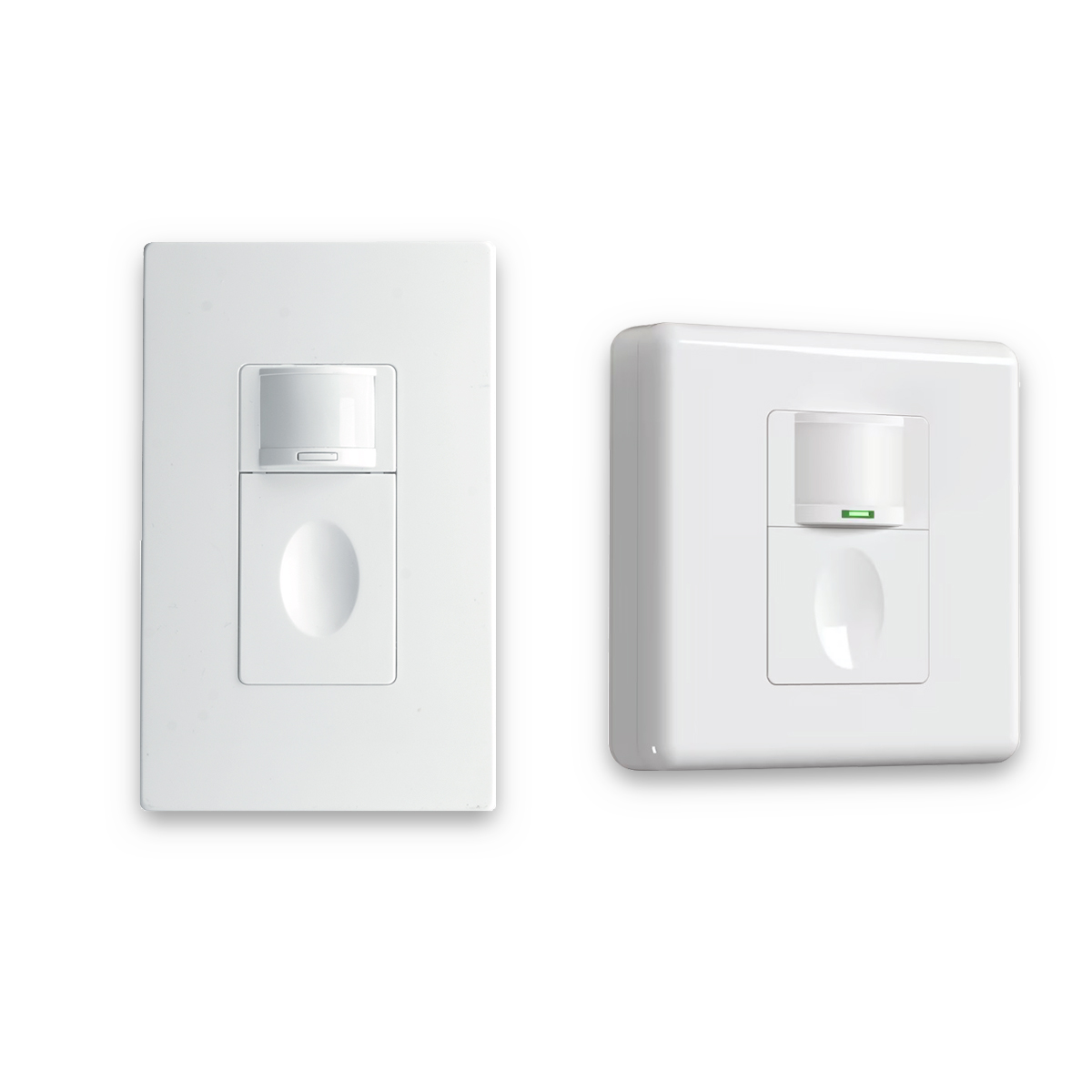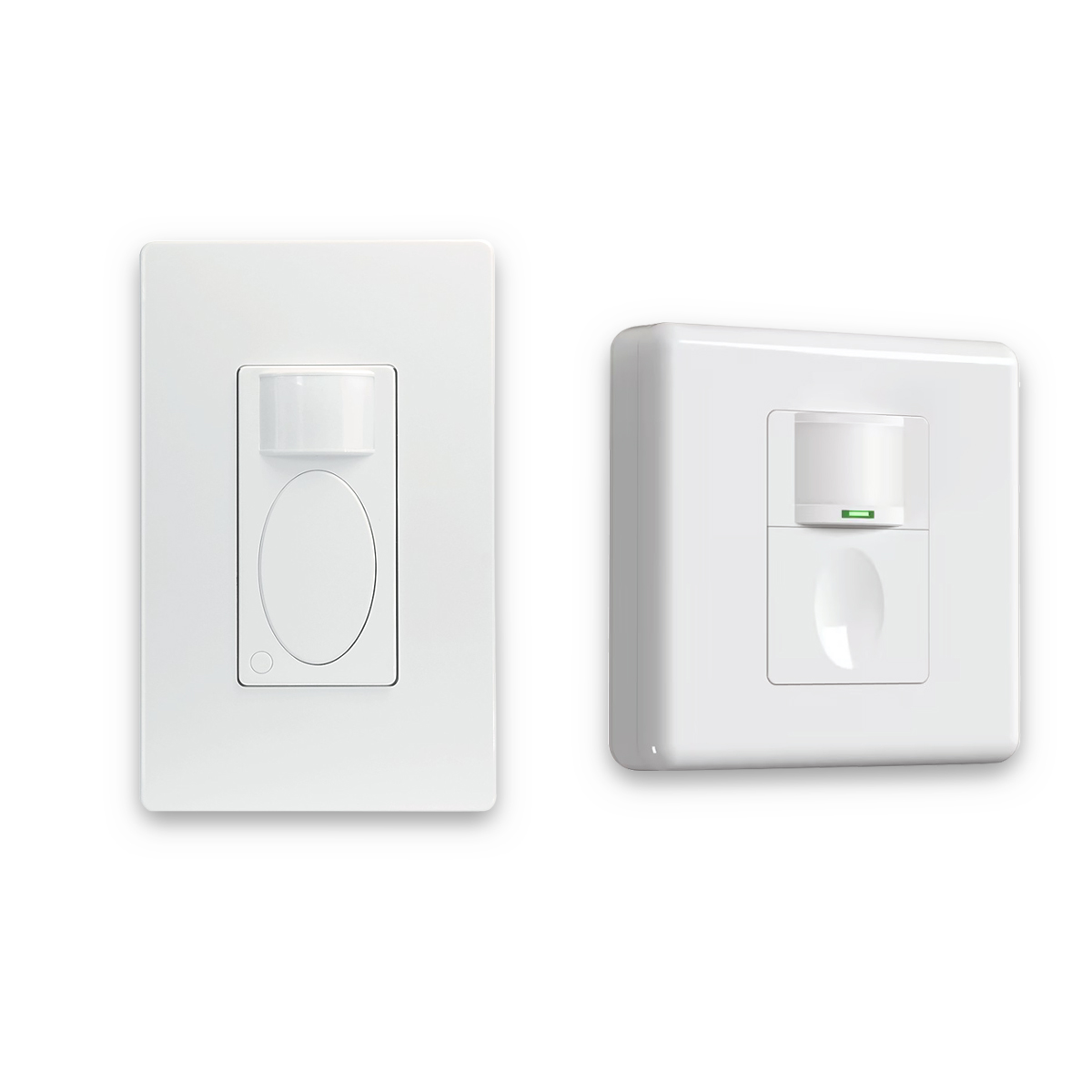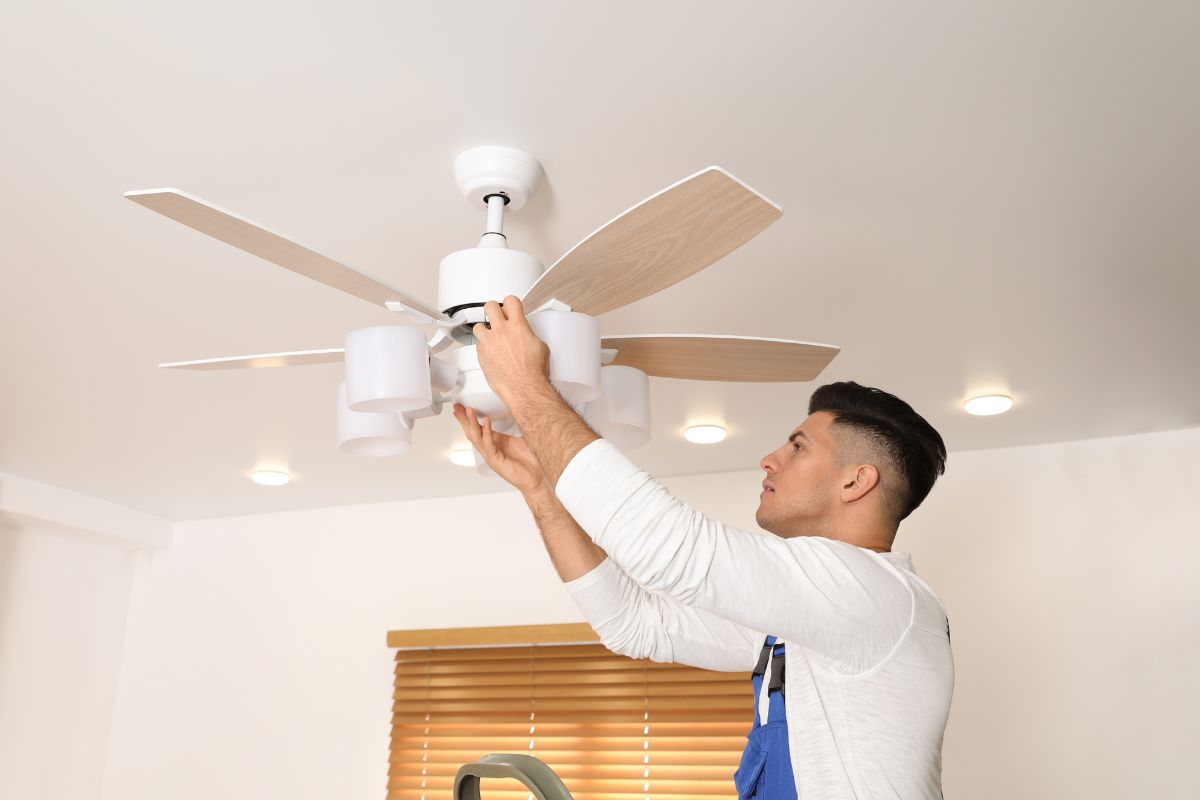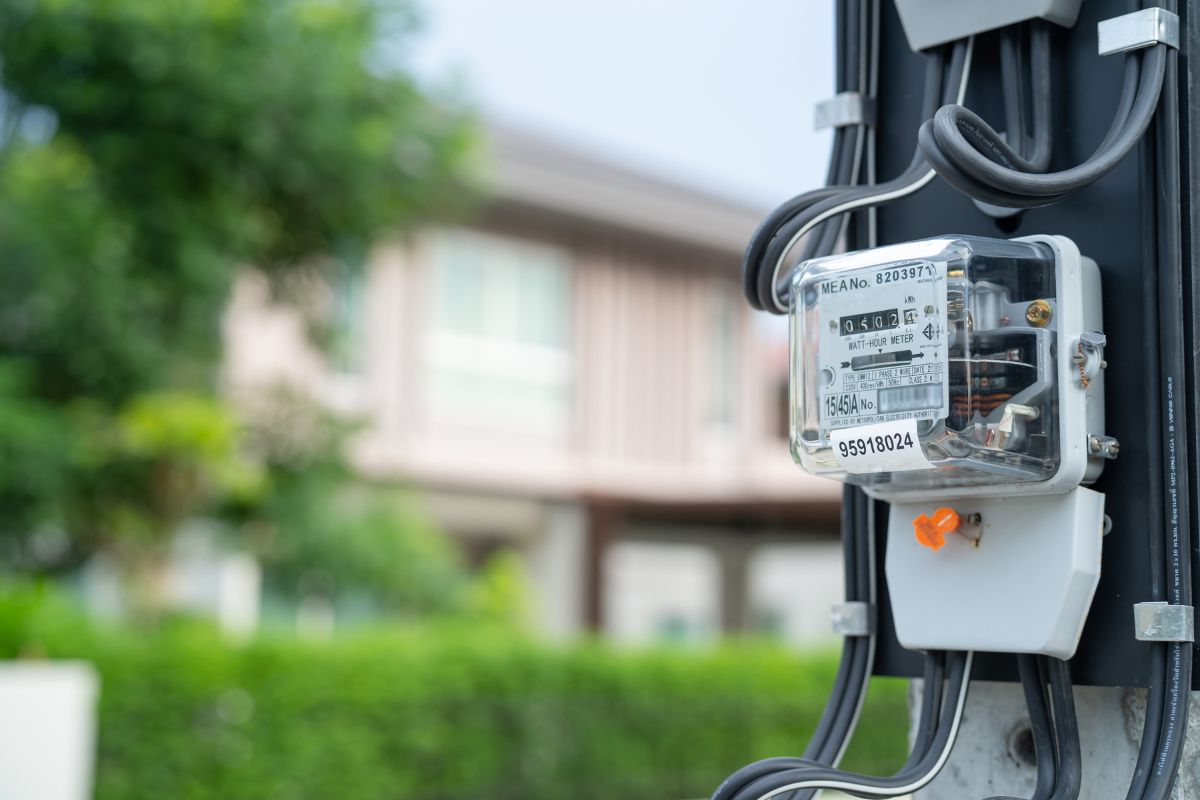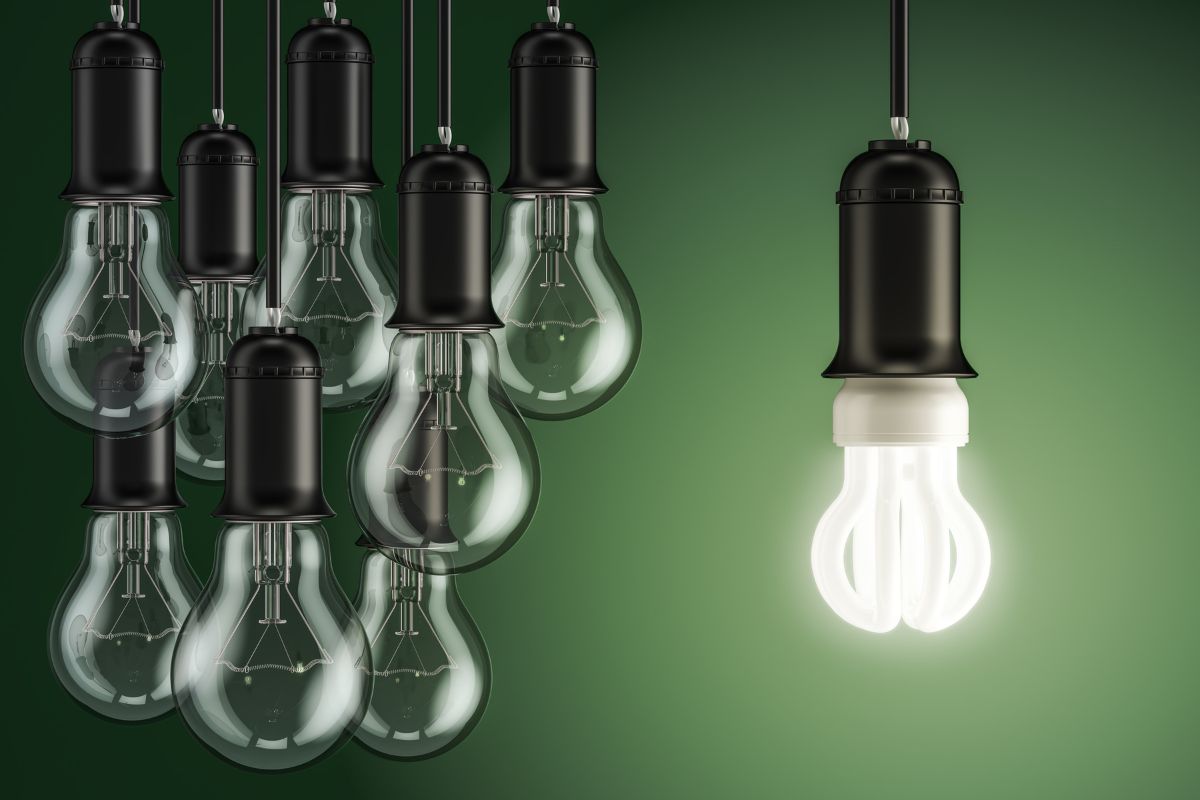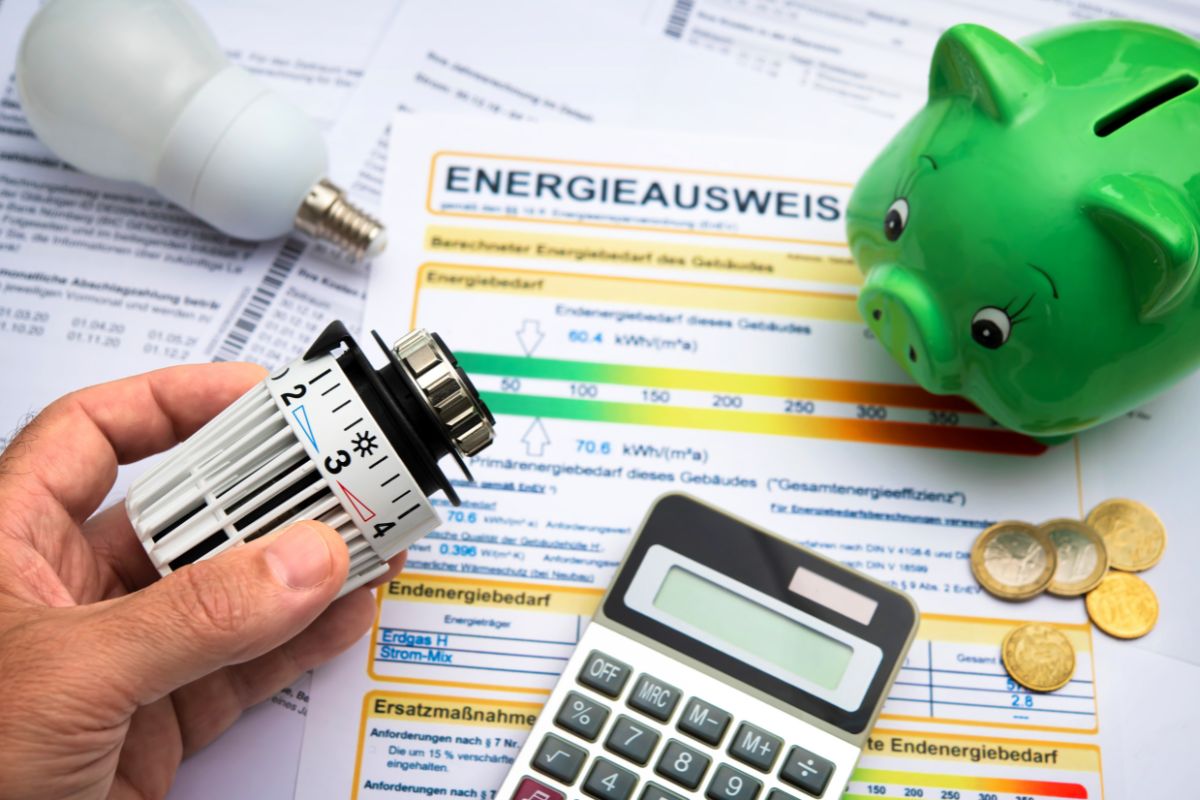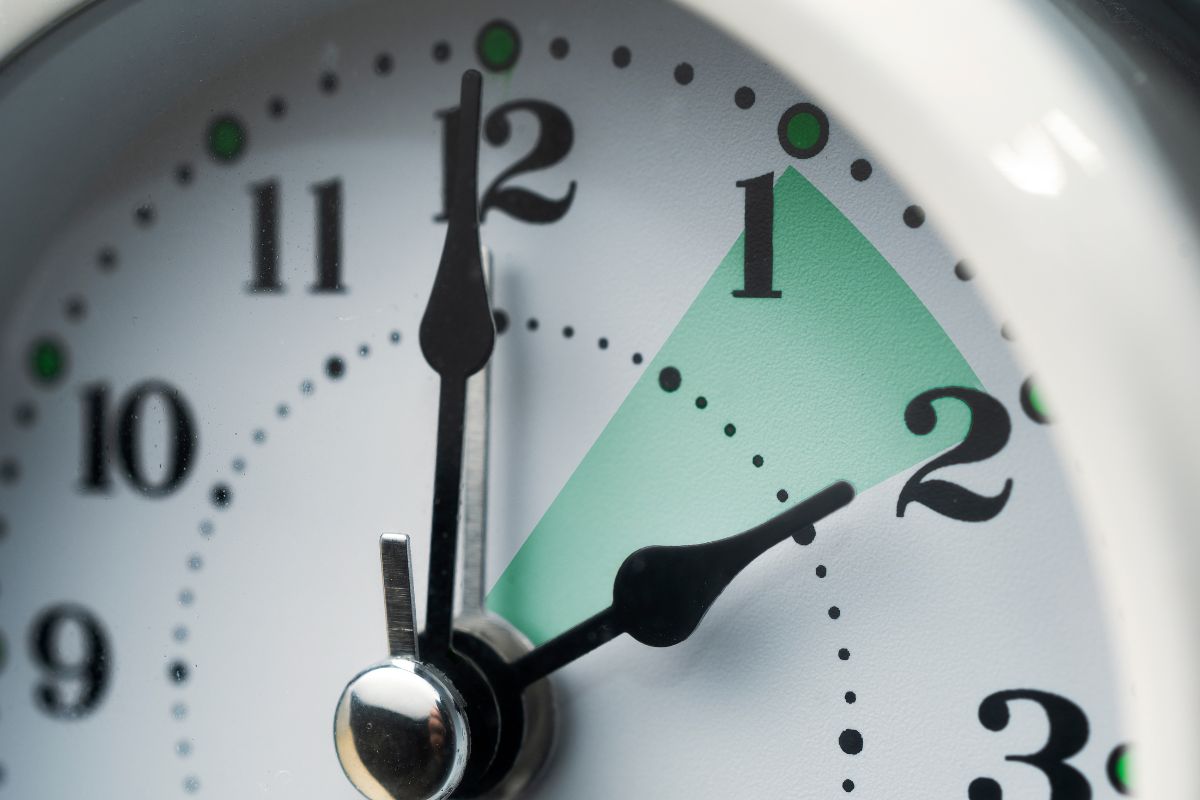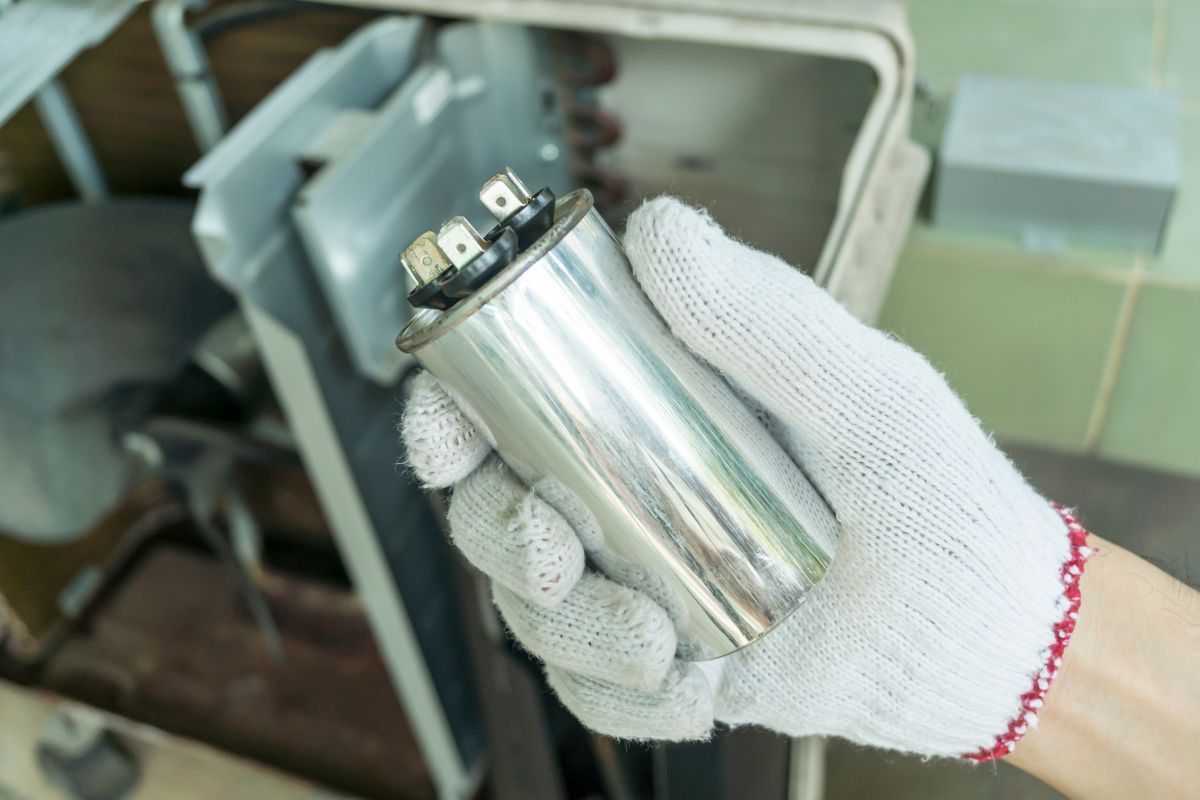Ever find yourself meticulously cleaning your home, scrubbing every surface, only to have your allergy symptoms worsen? Or maybe you’re scratching your head over unexpectedly high energy bills, even though you’ve been so careful to conserve energy. You’ve sealed the windows, upgraded to energy-efficient appliances, and diligently adjusted the thermostat, but the numbers just don’t seem to add up. What could be the problem? The surprising culprit might just be your air conditioner filter. It’s easy to overlook this unassuming component, but it actually plays a surprisingly important role in both your indoor air quality and those pesky energy bills.
That’s where this article comes in! We’re here to give you a complete understanding of AC filter replacement, so you can make smart choices for cleaner air and a more efficient home. We’ll cover everything you need to know, from figuring out the different types of filters to learning exactly when and how to swap them out. Ready to breathe easier and save some money?
It’s easy to forget about, but your AC filter is super important for both the air you breathe and how well your HVAC system works. HVAC stands for Heating, Ventilation, and Air Conditioning – basically, it’s the system that keeps your home feeling just right. And guess what? Changing your filter regularly can really boost your health by cutting down on allergens in the air, and it can save you money by lowering your energy use. Think of it as a small investment that pays off big time, both for your well-being and your bank account!
We’re going to explore everything from the surprisingly detailed world of filter types and MERV ratings to simple tips for replacing your filter. We’ll give you all the info you need to keep your air clean and your AC running like a champ. We’ll even check out some cool advanced filter options for those of you with special needs. So, ready to dive in and get started? Let’s do it!
What is an AC Filter?
So, what exactly is an AC filter? Well, it’s basically a porous barrier inside your HVAC system. Its main job? To shield your air conditioner and your home from all sorts of airborne particles. Think of it like a sieve or a net, designed to catch any unwanted bits floating around in your home’s air. Just like a kitchen sieve keeps those pesky food particles out of your cooking water, an AC filter keeps dust, pollen, and other yucky stuff out of the air you breathe.
Where do you find this magical filter? Usually, it’s hanging out in the return air duct or inside the air handler unit itself. The return air duct is that big duct that sucks air back into your system to be cooled or heated. The air handler unit is the indoor part of your AC system, and it’s usually got the blower fan and other important stuff inside. This clever placement means the filter gets to clean the air before it hits the delicate parts of your AC system, and before that air gets sent back into your house. Pretty important, right? That’s why keeping it clean is a must!
So, what kind of nasty stuff does this filter catch? Well, it traps airborne particles like dust, pollen, pet dander, mold spores, and even some bacteria and viruses! It does this with a combo of physical barriers – the filter fibers themselves – and sometimes, an electrostatic charge that attracts and grabs even the tiniest particles. It’s like a magnet for dust! The fibers stop the bigger stuff, while the electrostatic charge pulls in the smaller particles. How well a filter does this is measured by its MERV rating, which we’ll get into later. Just remember, the higher the MERV rating, the better the filter is at trapping those tiny particles.
Okay, so what kinds of AC filters are out there? Turns out, there are several, and each one has its own special features:
- Fiberglass filters: These are the cheapest option and you can just toss them when they’re dirty, but they’re not the best at catching small particles. They’re your basic, no-frills filter, and they’re usually blue or green.
- Pleated filters: These cost a bit more, but they do a much better job of filtering thanks to their larger surface area and, often, an electrostatic charge. The pleats give them more space to trap particles, kind of like folding a piece of paper a bunch of times to make it thicker.
- Reusable filters: These are washable, so they’re better for the environment. But how well they work can vary. They’re usually made of tougher stuff, like metal or plastic, and you can wash them and use them again and again.
- HEPA filters: These are the superheroes of air filtration, catching even super-tiny particles. HEPA stands for High-Efficiency Particulate Air, and you’ll often find these filters in hospitals and other places where clean air is a must.
One thing you’ll want to keep in mind is airflow resistance, which is also called pressure drop. If a filter is too restrictive, it can put a strain on your HVAC system, making it work overtime and possibly causing damage. Think of it like trying to breathe through a tiny straw – the smaller the straw, the harder you have to work, right? A restrictive filter makes your AC work harder to pull air through, and that’s not good!
Why Change Your AC Filter?
So, why is it so important to change your AC filter regularly? Well, there are a bunch of reasons, and they all have a direct impact on how you feel and how much money you spend. We’re talking about things like keeping your indoor air clean, making sure your HVAC system is running efficiently, avoiding expensive repairs, and even making your AC unit last longer. It’s seriously one of the easiest and most important things you can do to take care of your home’s air and your AC system.
First off, a clean filter is a champ at trapping pollutants, stopping them from floating around your house. Remember that sieve we talked about earlier? A clean one works great, but a clogged one? Not so much. A clean AC filter lets air flow freely while grabbing dust and other particles. But a dirty filter? It lets more of that stuff through. This means better air quality for you, and less exposure to allergens and irritants, which is great for your lungs. If you’ve got allergies or asthma, a clean filter can really make a difference in how you feel.
Maybe You Are Interested In
Plus, a clean filter lets air flow the way it’s supposed to, which is super important for your HVAC system to work its best. A dirty filter is like a bottleneck, squeezing the air and making your system work harder. This means it’s tougher for your AC to cool or heat your home.
And guess what happens when your system has to work harder? You end up using more energy, which means higher energy bills. But here’s the good news: by making sure the air flows freely with a clean filter, you could save a noticeable chunk of money on your energy costs. Some experts say a clean filter can save you anywhere from 5-15% on your heating and cooling bills!
By taking it easy on your system, you’re also lowering the chances of breakdowns and helping your AC unit last longer. Ignoring those filter changes, though, can lead to pricey repairs or even having to replace your whole system sooner than you should, which we’ll talk about later. Think of regular filter changes as preventative maintenance, kind of like changing the oil in your car.
So, to wrap things up, something as simple as changing your AC filter regularly can have a big impact. It’s not just about the air you breathe right now, but also about your financial future and even the environment, since you’ll be using less energy. It’s a small thing that gives you a lot in return. It’s a win-win-win: you get better air, lower bills, and an AC unit that lasts longer!
Impact of a Clogged Filter
What happens if you don’t change your AC filter? A clogged AC filter can cause a whole bunch of problems, affecting how comfortable you are, how much money you spend, and even how well your HVAC system works. We’re talking about everything from less air flowing through your vents and higher energy bills to potential damage to your system and poor air quality in your home. It’s like a domino effect – one thing goes wrong, and then everything else starts to fall apart.
The first thing you’ll notice is that the airflow is reduced. That filter, all clogged up with dust and gunk, acts like a bottleneck, making it harder for air to move through your system. Imagine trying to run a marathon while breathing through a straw – that’s what your AC system is dealing with when the filter is dirty!
Because the air isn’t flowing as well, your system won’t be able to control the temperature as effectively. Your AC unit has to work harder and longer to push air around and get your home to the temperature you want, which means you’re using more energy. It’s like trying to fill a bucket with a leaky hose – you have to use more water to get the job done, right?
All that extra work puts a lot of stress on different parts of your system, especially the compressor and the fan motor. The compressor has a hard time circulating refrigerant because the reduced airflow makes it harder to get rid of heat, and the fan motor overheats because of the restricted airflow and the increased workload. And guess what? Those are two of the most expensive parts of your AC system to fix or replace!
If this goes on for too long, it can cause overheating, parts to break down, and eventually, your whole system might not last as long as it should. And of course, all that extra energy your system is using means higher energy bills. It’s a vicious cycle – the harder your system works, the more energy it uses, and the more likely it is to break down.
You might also start noticing that some rooms are hotter or colder than others, because the restricted airflow makes it hard to distribute cool or warm air evenly. So, some rooms might be too hot, while others are too cold. Plus, a dirty filter isn’t as good at removing pollutants, which means the air quality in your home can suffer, potentially leading to health problems. This can make allergies and other breathing issues even worse.
The reduced airflow also messes with the heat exchange process, where the refrigerant absorbs heat from the air inside your home. Think of a sponge trying to soak up water – if the water isn’t flowing well, the sponge can’t soak up as much. If the airflow is restricted, the refrigerant can’t absorb as much heat. This can cause the evaporator coil, which is the part of your AC system that actually cools the air, to get too cold and ice up. That ice buildup makes it even harder for air to flow, and it can damage your system. And if things get really bad, the compressor can fail because it’s overheating, which is a super expensive repair. The reduced airflow also throws off the balance of the refrigerant cycle, which is the process that lets your AC cool the air, leading to inefficient cooling.
Signs of a Dirty Air Filter
Luckily, there are several signs that will tell you when it’s time to change your AC filter. These include things you can see, problems with how your system is working, and even how you’re feeling. Knowing these signs can help you catch a dirty filter before it causes bigger problems.
The most obvious sign? You can see dust and debris building up on the filter. If there’s a thick layer of dust covering the filter, that’s a pretty clear sign that it’s not doing its job anymore. If you can see the dust, it’s definitely time for a change.
Another thing to watch out for is reduced airflow from your vents. Try holding your hand near a vent – if the air doesn’t feel like it’s coming out very strongly, it could be because of a clogged filter. And remember how we talked about reduced airflow leading to higher energy bills? So, if you notice your energy bill is higher than usual, that could also be a sign that your filter needs to be changed.
You might also find that your allergy symptoms are getting worse, like more sneezing, a runny nose, and itchy eyes. And even if you don’t usually have allergies, a dirty filter can still cause you to cough, sneeze, and have irritated eyes. That’s because the filter isn’t doing a good job of removing pollutants from the air anymore. In fact, a dirty filter can even release some of the trapped pollutants back into your home!
Other things to look out for include uneven temperatures in different rooms, dust building up around your vents, weird smells coming from the vents (like a musty or moldy smell), and your AC unit turning on and off more often than it should (which is called short-cycling). Short-cycling basically means your AC unit is turning on and off for short bursts without actually finishing a full cooling cycle. If you notice any of these signs, it’s super important to change your filter ASAP to keep your home healthy and your AC system running smoothly.
How Often to Change Your Filter
Okay, so how often should you change your AC filter? Well, there’s no one-size-fits-all answer to that question. Instead of thinking about it as a strict schedule, it’s better to think of it as something that changes depending on your home’s specific needs. Just like people breathe at different rates, different homes have different “breathing” needs when it comes to air filtration. A good rule of thumb is to change it every 1-3 months, but that’s really just a starting point.
Why such a wide range? Because everyone’s situation is different! How often you need to change your filter depends on things like what kind of filter you’re using, its MERV rating (we’ll get to that later), your home environment, and even how big your house is. It’s like picking out the right size shoes – what works for one person might not work for you.
The type of filter you use and its MERV rating are big factors, and we’ll dive into those in more detail later. In general, filters with higher MERV ratings catch more particles, but they might need to be changed more often. That’s because they’re trapping more stuff, so they get clogged up faster.
Your home environment also plays a big role. Things like pets, allergies, and the air quality where you live can all affect how long your filter lasts, and we’ll talk more about that in a bit. If you have a bunch of furry friends running around, you’ll probably need to change your filter more often than someone who doesn’t have any pets. And if you have a bigger house, your system is circulating more air, which means you’ll also need to change your filter more frequently. The more air moving through the system, the more particles the filter is trapping.
The best thing to do is to keep all of these things in mind and check your filter regularly. If it looks dirty, just change it, even if it hasn’t been that long since you last changed it. Your eyes are often the best way to tell! Don’t wait until you start seeing signs of a clogged filter – be proactive about taking care of your AC system and making sure you’re breathing clean air.
Filter Types and Replacement Frequency
Let’s talk about the different kinds of AC filters you can get. They come in all sorts of types, made with different materials and designs, which means they all have different levels of filtration and lifespans. Generally, you can divide them into two categories: disposable and reusable. Disposable filters are made to be tossed out after you use them, while reusable filters can be cleaned and used again.
Disposable filters usually have a cardboard frame and are designed to be replaced on a regular basis. Reusable filters, on the other hand, often have a stronger frame made of metal or plastic, and they’re designed to be washed and used again.
Okay, let’s break down the common types of filters and how often you should replace them:
- Fiberglass filters: These are the cheapest ones you can get, and they’re usually pretty thin and flimsy. You’ll need to change them every month, or even more often if you have pets or allergies. The good thing is they’re cheap. The bad thing is they’re not great at catching small particles. They’re okay for trapping bigger stuff, but not the tiny particles that can really mess with your air quality.
- Pleated filters: These cost a bit more than fiberglass filters, but they do a much better job of filtering because they have more surface area and often have an electrostatic charge. You’ll typically need to change them every 1-3 months, depending on their MERV rating (we’ll talk about that later) and other factors. The good thing is they filter pretty well. The bad thing is they cost a little more. They’re a good middle-ground between cost and how well they work.
- Reusable filters: These are washable, which makes them a more eco-friendly option. You should follow the instructions from the manufacturer for cleaning and reusing them, but usually, it’s every few months. How often you need to clean them will depend on your home environment. The good thing is you’re reducing waste. The bad thing is how well they filter can vary, and you have to remember to clean them regularly. They only work as well as you clean them.
HEPA filters: These are the superheroes of air filtration. They can catch even the tiniest particles, including allergens and some viruses. You’ll usually need to change them every 6-12 months, but it depends on how much you use them and your environment. The good thing is they filter really* well. The bad thing is they’re expensive and can make your AC system work harder. They’re the best at trapping particles, but they can restrict airflow.
When you’re picking out a filter, it’s important to find a good balance between how well it filters and how well air can flow through it. A filter with a super-high MERV rating might do an amazing job of filtering, but it can also restrict airflow and put a strain on your HVAC system. Remember to think about your home environment and what you need in a filter when you’re making your choice. It’s all about finding what works best for you.
Understanding MERV Ratings
Okay, let’s talk about MERV ratings. MERV, which stands for Minimum Efficiency Reporting Value, is a really important rating to understand when you’re choosing an AC filter. It’s a standard rating system created by ASHRAE (American Society of Heating, Refrigerating and Air-Conditioning Engineers) that tells you how well a filter can capture particles of different sizes. Think of ASHRAE as the group that makes the rules for how air filters should perform.
MERV ratings go from 1 to 20, but for homes, you’ll usually see filters ranging from 1 to 16. The higher the number, the better the filtration. This rating tells you how well the filter can capture particles that are between 0.3 and 10 microns in size. A micron is super tiny – it’s one-millionth of a meter! Think of it like a net with different-sized holes. A higher MERV rating is like a net with smaller holes, so it can catch smaller particles.
So, higher MERV ratings mean better filtration, which means the filter is catching more of those tiny particles. But there’s a catch! It can also mean that the airflow is reduced, because the filter material is denser and creates more resistance. It’s a trade-off: you get better filtration, but you might also get less airflow.
Here’s a quick guide to help you choose the right MERV rating for your needs:
| MERV Rating | What It’s Good For |
|---|---|
| 6-8 | Everyday use (if you don’t have any specific concerns) |
| 8-12 | If you have allergies or asthma |
| 13+ | For really clean air (if you have smoke, smog, or lots of fine particles in the air) |
Choosing the right MERV rating means finding a balance between how well you want to filter your air and what your AC system can handle. It’s really important not to pick a filter that’s too restrictive, because that could damage your AC unit. While MERV is the most common rating you’ll see, you might also come across other rating systems like MPR (Microparticle Performance Rating) and FPR (Filter Performance Rating). Just so you know, those are different rating systems that some filter companies use.
Home Environment and Filter Lifespan
Your home environment has a big impact on how often you need to change your AC filter. Things like pets, allergies, whether anyone smokes, and even the air quality where you live can all make a big difference in how long your filter lasts. Think of your home environment as the “demand” that’s placed on your air filter.
If you have pets, especially ones that shed a lot, they’re adding a lot of stuff to the air, like dander and fur. If you have pets, you’ll probably need to change your filter more often, maybe every 1-2 months, or even more often if you have a lot of pets or breeds that shed a lot. Pet dander is a common allergen, and if your filter is clogged, it won’t be able to catch it all.
If you or someone in your home has allergies or asthma, it’s a good idea to change your filter more often and use a filter with a higher MERV rating. This will help catch more of the allergens and irritants that can make symptoms worse. Remember to pick a MERV rating that’s right for you, like we talked about earlier. A higher MERV rating will catch more of those tiny particles that can trigger allergies and asthma.
If anyone smokes inside your home, that’s going to add smoke particles and smells that can clog up your filter pretty quickly. You’ll need to change your filter more often, and you might want to think about using a filter with activated carbon, which can help get rid of odors. Activated carbon is a special material that’s treated to absorb odors and gases.
If you live in an area with poor air quality, like if there’s a lot of smog or dust, or if you live near a busy road, you’ll also need to change your filter more often. The same goes if you’re doing any construction or renovation work, because that’s going to create a lot of dust and debris. All of these things can increase the amount of particles that are getting into your home and clogging up your filter.
So, to sum it all up, your home environment is a really important thing to think about when you’re deciding how often to change your filter. Take all of these things into account and create a filter maintenance schedule that works for you. Just remember that the 1-3 month guideline is just a suggestion – you might need to change your filter more or less often depending on your situation. It’s all about knowing what your home needs.
Looking For Motion-Activated Energy-Saving Solutions?
Contact us for complete PIR motion sensors, motion-activated energy-saving products, motion sensor switches, and Occupancy/Vacancy commercial solutions.
Home Size and Filter Changes
Another thing that affects how often you should change your AC filter is the size of your home. Bigger homes usually have bigger HVAC systems, which means they’re circulating more air. Think of it this way: a bigger container holds more water, and a bigger home circulates more air.
Because your system is moving more air, that means more particles are getting trapped in the filter, so you’ll need to change it more often. Keep in mind that even though the size of your home is a factor, other things like pets, allergies, and the air quality where you live are also really important. Think of your home size as just one piece of the puzzle when you’re trying to figure out how often to change your filter.
Benefits of Regular Air Filter Changes
Let’s quickly go over the awesome benefits of changing your air filter regularly. We’re talking about things like better air quality, saving money, making your system last longer, and just making your home more comfortable overall. It’s a small thing that can really make a big difference in a lot of ways.
Changing your filter regularly helps improve the air quality inside your home by getting rid of particles floating around in the air. Indoor air quality, or IAQ, refers to how good the air is inside your home, including things like how many pollutants are in the air, the temperature, and how humid it is. It’s basically a measure of how healthy and comfortable the air in your home is. Plus, a clean filter lets air flow the way it’s supposed to, which saves energy and can potentially save you 5-15% on your heating and cooling bills. That’s money you could be using for something more fun!
By making your HVAC system work less hard, you’re also helping to prevent breakdowns and making your AC unit last longer. This can save you a ton of money on expensive repairs or having to replace the whole thing. And it also means you’ll be more comfortable, because you’ll have consistent temperatures and better airflow throughout your home. You’ll feel better, and your AC system will last longer – it’s a win-win!
If you have allergies or asthma, changing your filter regularly can really help reduce your symptoms by getting rid of allergens in the air. And better air quality means better health in the long run, because you’re not breathing in as many pollutants. Breathing cleaner air is good for everyone, after all! And last but not least, you’ll have a cleaner home with less dust settling on your furniture and stuff. Less dusting – who wouldn’t want that? All of these benefits show how important it is to make changing your filter a regular habit.
How to Change Your AC Filter
Changing your AC filter is something that’s both easy to do and really important for keeping your home healthy and your AC system working well. The good news is that it’s a pretty simple process that most homeowners can do themselves. You definitely don’t need to be an AC expert to change your filter!
Here’s how to change your AC filter, step by step:
- First things first, safety! Turn off your AC unit at the thermostat and/or the breaker. This will keep you safe from any electrical hazards and protect your system.
- Find your filter. (We’ll talk about where to look for it in the next section.)
- Carefully take out the old filter, sliding it out of its little home. Try not to shake it around too much, so you don’t spread dust and gunk everywhere.
- Take a look at the arrow on the filter frame, which shows you which way the air is supposed to flow. This is super important for making sure your filter works right. The arrow should be pointing towards the blower motor, which is usually away from the return air duct. The blower motor is the fan that blows the air, and the return air duct is where the air comes back into the system.
- Put in the new filter, making sure the arrow is pointing in the right direction (towards the blower motor, away from the return air duct).
- Turn your AC unit back on at the thermostat and/or the breaker.
To keep dust from flying everywhere, take the old filter out carefully, and think about wearing a mask, especially if you have allergies. You can also use a vacuum cleaner with a brush attachment to clean up any loose dust and debris from the filter compartment before you take the old filter out. This will help keep the dust from spreading around your home.
Make sure the filter is snug in its place and that the compartment is closed up tight so air can’t leak out. And one last tip: write the date you put the new filter in on the filter frame so you can easily remember when you changed it last.
Locating Your Air Filter
Now that you know how to change your AC filter, the next thing you need to do is find it! There are a few common places where they’re usually located, but sometimes finding it can feel like a bit of a treasure hunt. It’s like searching for the hidden treasure of clean air!
The most common place to find your filter is in the return air duct. This is a big, rectangular duct (usually made of metal) that brings air back to your HVAC system. You’ll often find this duct near the floor or ceiling. Look for a big grille or vent that’s usually bigger than the vents that blow out cool or warm air.
Sometimes, the filter is inside the air handler cabinet itself, usually close to the blower motor. You’ll need to open up the unit to get to it, so make sure you turn off the power first! The air handler is usually in a closet, basement, or attic.
Get Inspired by Rayzeek Motion Sensor Portfolios.
Doesn't find what you want? Don't worry. There are always alternate ways to solve your problems. Maybe one of our portfolios can help.
Another place you might find your filter is behind a return grille that’s mounted on the wall or ceiling. These grilles are usually bigger than the vents that blow air out, and they often have a frame that you can open or remove to get to the filter. You might need to undo some latches or screws to get the frame open.
If you have a bigger house, you might have more than one return air duct and filter. And even though these are the most common places to find your filter, some AC systems have them in other, less common spots. If you’re not sure where your filter is, it’s always a good idea to ask an AC professional. They can quickly find it and show you how to change it.
Advanced Filter Options
Besides the usual filter types, there are also some more advanced options that are made for specific needs and to filter the air even better. These include HEPA filters, activated carbon filters, UV filters, and electrostatic precipitators. These filters are designed to solve specific air quality problems.
HEPA filters, as we talked about before, are the best you can get when it comes to filtering out particles. Activated carbon filters, on the other hand, are made to get rid of odors, gases, and volatile organic compounds, or VOCs. VOCs are chemicals that can be released from things you commonly have in your home, like paints and cleaning supplies. These filters are often used together with a particle filter. That way, you can get rid of both particles and odors.
UV filters use ultraviolet (UV-C) light to kill bacteria, viruses, and mold spores. The UV light damages the DNA of these tiny organisms, which stops them from being able to reproduce. It’s like sterilizing the air. However, some UV filters can create ozone, which can irritate your lungs, and how well they work depends on how strong the UV light is and how long the air is exposed to it. So, it’s important to pick a UV filter that’s certified to be low-ozone or doesn’t create any ozone at all.
Electrostatic precipitators use an electrical charge to trap particles. The particles are given an electrical charge and then collected on plates that have the opposite charge. It’s like using a magnet to attract dust and other particles. But these filters can also create ozone, and you have to clean the collection plates regularly to keep them working well.
Some filters combine different technologies, like a pleated filter with activated carbon, to give you even more ways to clean your air. It’s important to really understand what each of these advanced filter technologies does and what its limitations are before you make a decision. If you’re not sure which one is right for you, it’s always a good idea to talk to an AC professional.
Cost of Neglecting Filter Changes
Not changing your AC filter regularly isn’t just about how comfortable you are or how good your air quality is – it can also cost you a lot of money and cause problems with your system. We’re talking about things like higher energy bills, expensive repairs, and even having to replace your system sooner than you should. It’s like ignoring a small leak in your roof – it might not seem like a big deal at first, but it can lead to major problems later on.
When your filter is clogged, your HVAC system has to work a lot harder, which means it’s using more energy. This can make your energy bills 5-15% higher, which can really add up over time. That’s money that could be used for something more fun!
If you keep neglecting your filter, it can really shorten the lifespan of your HVAC system, maybe even by several years. And you might end up having to pay for some expensive repairs. For example, replacing a fan motor can cost anywhere from $150 to $750, replacing a compressor can cost $1300 to $2500 or more, and cleaning or replacing an evaporator coil can cost $400 to $2000 or more. Keep in mind that these are just estimates, and how much it actually costs can depend on where you live and what the specific problem is.
And in the worst-case scenario, not changing your filter can cause your system to fail completely, which means you’ll have to replace the whole thing. That can cost anywhere from $4000 to $10000 or even more, depending on how big your system is and what kind it is. That’s a huge expense that you could have avoided just by changing your filter regularly!
So, when you think about it, the cost of not changing your filter is a lot more than just the price of a new filter. It’s a small thing that can save you a lot of money and keep you from having some major headaches down the road. It’s like taking preventative medicine for your AC system.
Advanced Filter Technologies
Let’s take a closer look at those advanced filter technologies we mentioned earlier. These filters offer some really specialized ways to clean your air that go above and beyond what standard filters can do. They’re the latest and greatest in air filtration technology.
HEPA filters, which stands for High-Efficiency Particulate Air, are made to catch at least 99.97% of particles that are 0.3 microns in size. That’s super tiny! This makes them really good at getting rid of allergens, dust mites, and other really fine particles. You’ll often find them in places like hospitals and clean rooms, where it’s really important to have extremely clean air.
Activated carbon filters have a material that’s full of tiny holes, which helps them get rid of odors, gases, and volatile organic compounds (VOCs) through a process called adsorption. Adsorption is when molecules stick to the surface of the carbon. It’s different from absorption, where one thing is taken into another. Think of adsorption like Velcro – the molecules just stick to the surface. These filters are great for getting rid of cooking smells, smoke, and pet odors.
UV filters use ultraviolet (UV-C) light to kill bacteria, viruses, and mold spores. The UV light damages the DNA of these tiny organisms, which stops them from being able to reproduce. It’s like sterilizing the air. However, some UV filters can create ozone, which can irritate your lungs, and how well they work depends on how strong the UV light is and how long the air is exposed to it. So, it’s important to pick a UV filter that’s certified to be low-ozone or doesn’t create any ozone at all.
Electrostatic precipitators use an electrical charge to trap particles. The particles are given an electrical charge and then collected on plates that have the opposite charge. It’s like using a magnet to attract dust and other particles. But these filters can also create ozone, and you have to clean the collection plates regularly to keep them working well.
Some filters combine different technologies, like a pleated filter with activated carbon, to give you even more ways to clean your air. It’s important to really understand what each of these advanced filter technologies does and what its limitations are before you make a decision. If you’re not sure which one is right for you, it’s always a good idea to talk to an AC professional.


